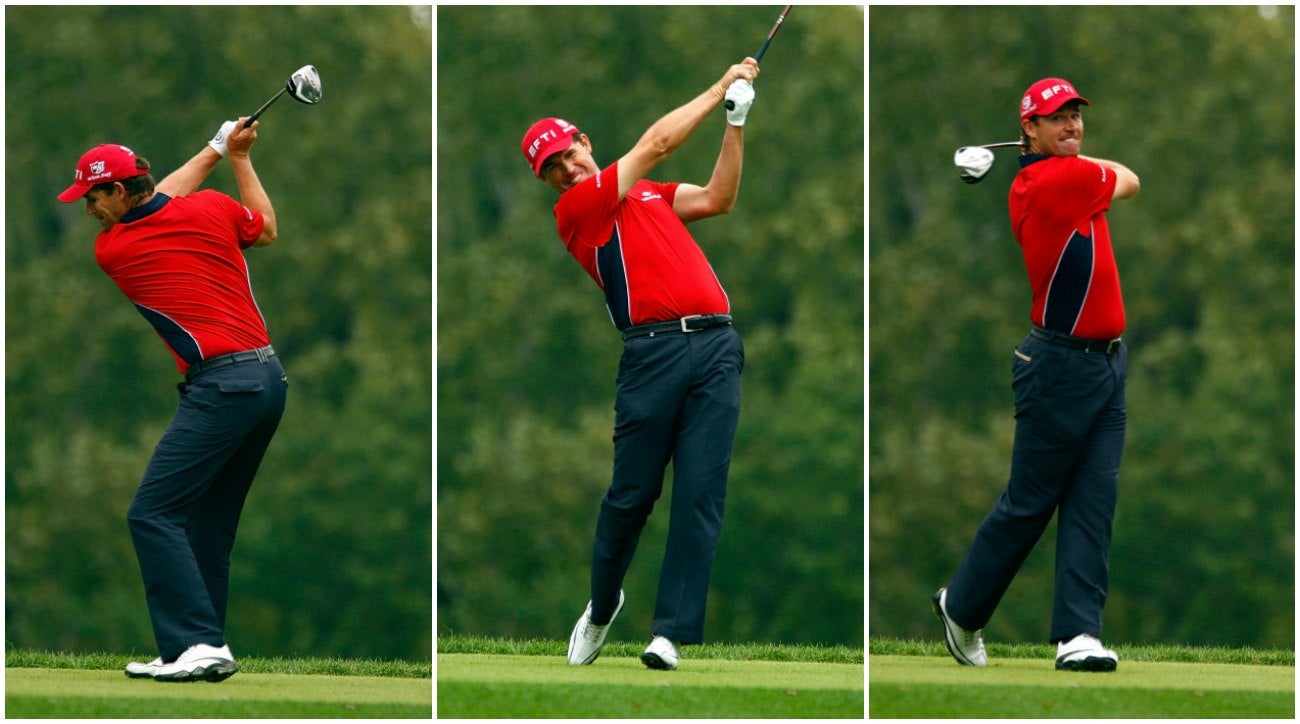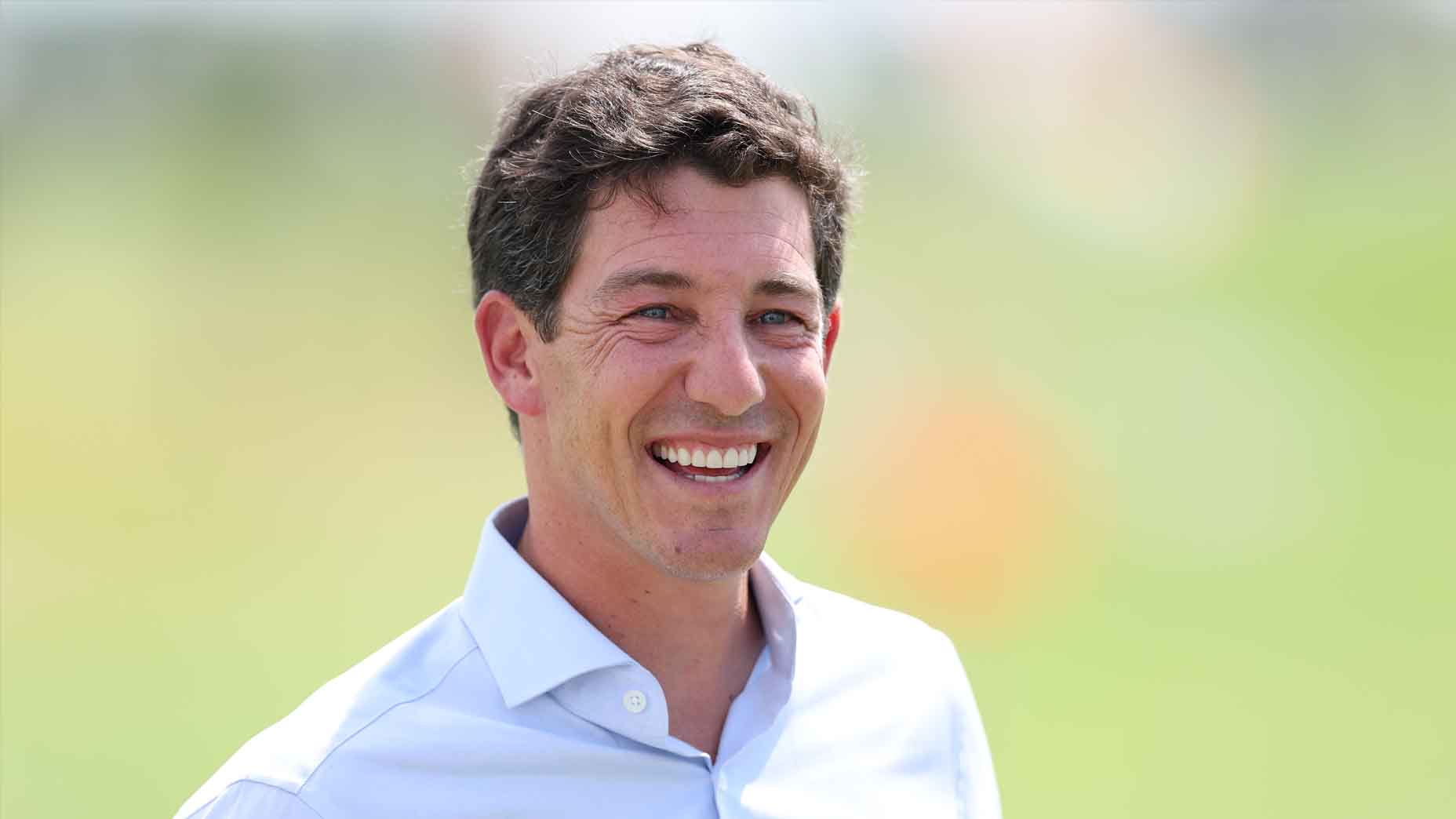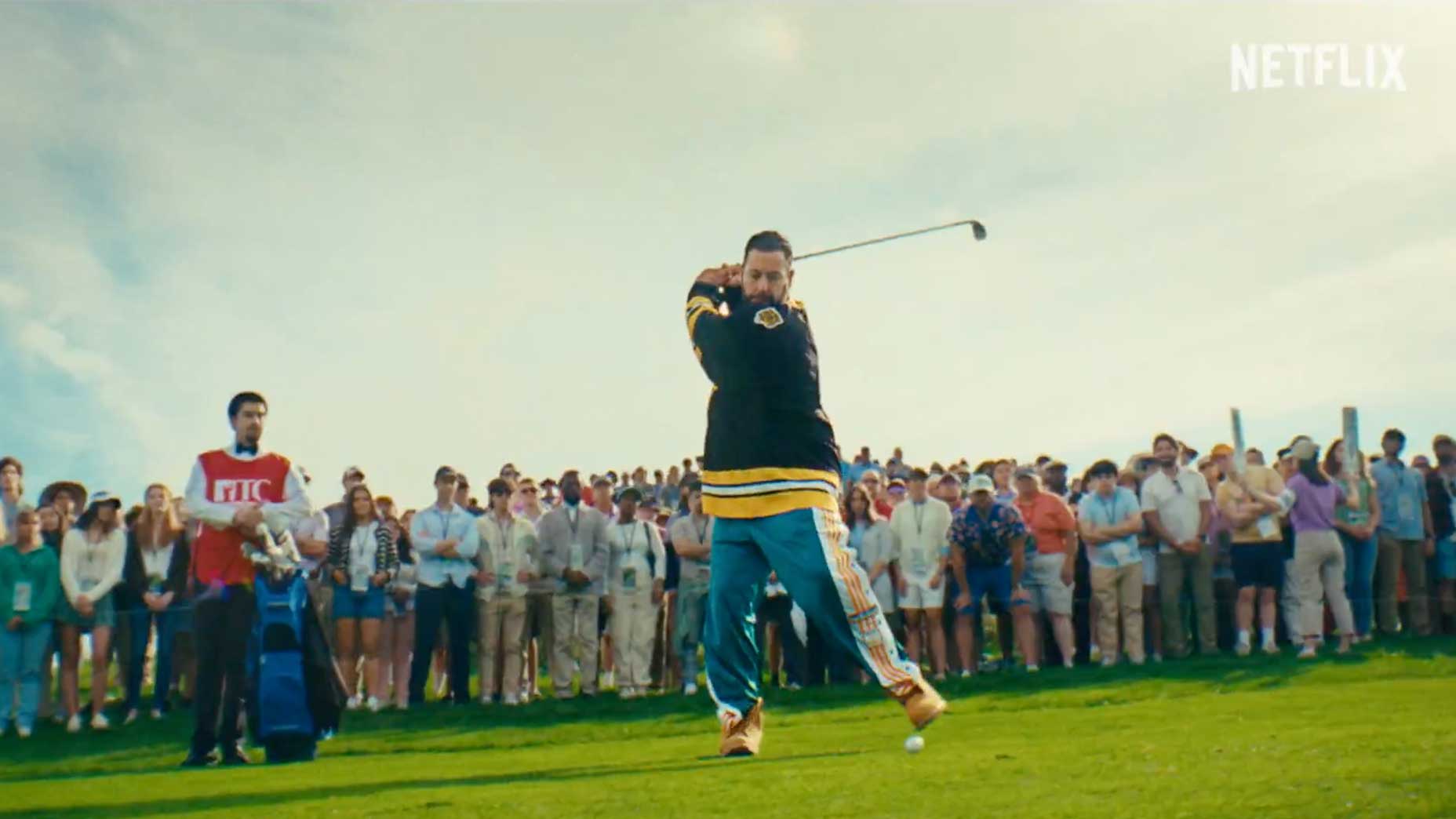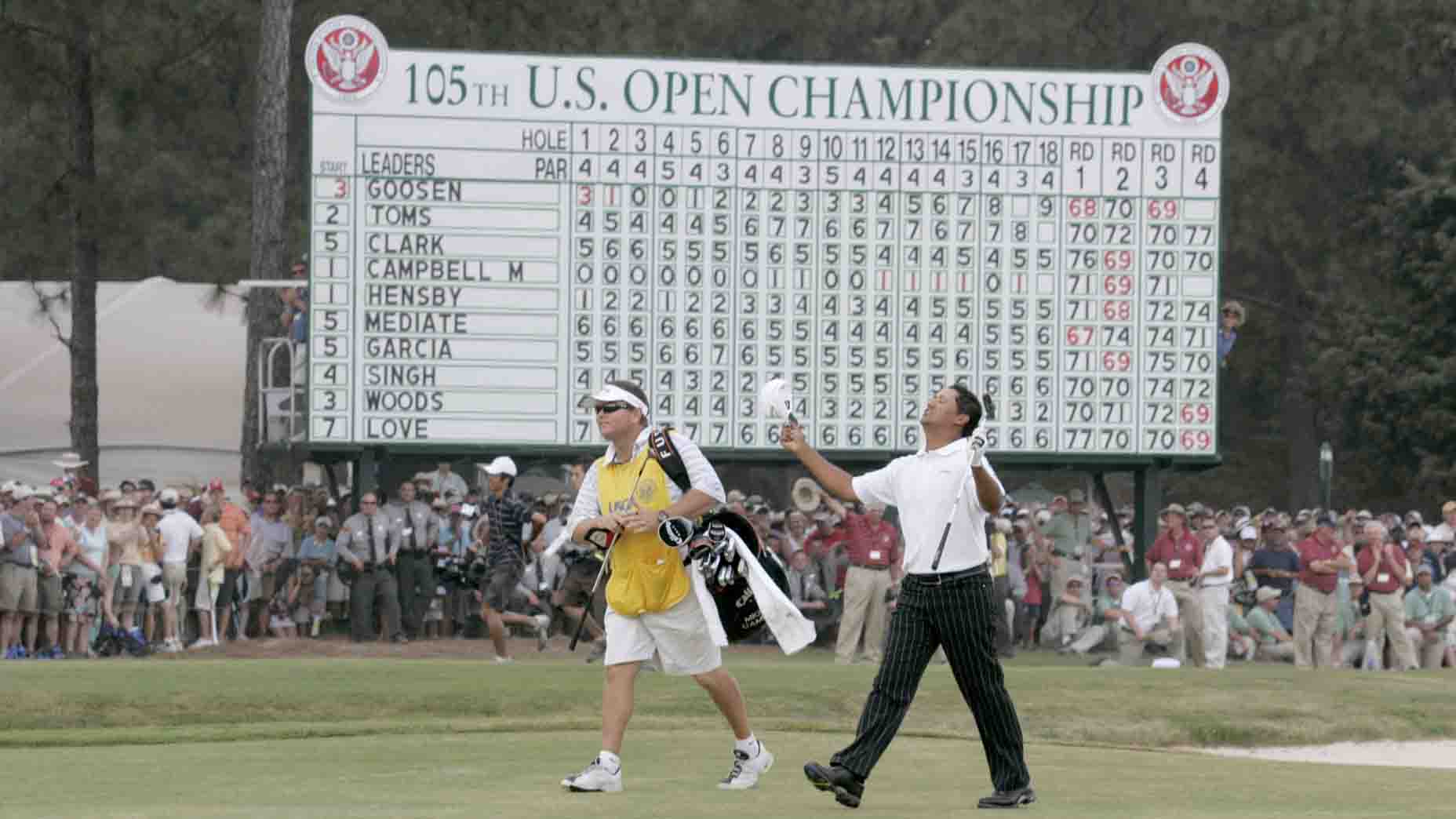 ‘We’re gutted’: They planned to revive this D.C. muni. President Trump has other plans
‘We’re gutted’: They planned to revive this D.C. muni. President Trump has other plans
Padraig Harrington reveals the 3 surprising swing keys you need to break 80

2020 Ryder Cup captain Padraig Harrington has used the unexpected break as a force for good. He’s been pumping out instruction videos on his official Twitter account, all in a quest to get golfers everywhere down to single digits.
“The stuff you mostly see on social media, there’s a slight disconnect. It tends to be for the elite player or higher-end player,” Harrington says.
“What I’m doing with my swing is very unlikely to be relevant to the weekend warrior. It’s pretty simple to play this game to a single-figure standard. It’s enormously complicated to play it to an elite level.”
Simple, Paddy says, as long as you do these things:
Pre-Swing Key: Get Your Grip Right
Technically, a good grip happens before the golf swing, but it has a major influence over it.
“A strong right hand grip might work for about a week, but that it will go wrong for the rest of your golfing life,” Paddy says.
Watch Harrington’s recent grip video below to get a good primer on how to grip the club.
Here’s the last part of the lesson “Get a Grip on the first 3 letters of SCHool” @EuropeanTour @PGATOUR pic.twitter.com/OUXvCCBxTl
— Padraig Harrington (@padraig_h) March 22, 2020
ADVERTISEMENT
Swing Key #1: Keep Your Backswing Short
Lengthening your backswing and turning as much as you can is very en-vogue nowadays, but Harrington says higher handicaps should focus on the opposite. A shorter backswing exerts more clubhead speed in the impact area rather than slowing down, Paddy says, while also promoting solid contact by helping you stay balanced.
In Paddy’s own words:
“For the 45 year-old housewife on man, or someone playing to a 12 handicap, having five degrees more shoulder turn is not going to help them one bit. They’re just going to be tied up in knots. Doing the simple things will get you there. Doing the complicated things will more likely send you backwards.”
Swing Key #2: Use Your Hands, Arms and Wrists
This is a tip Paddy says runs counter to the current trends on the PGA Tour, but that’s why it’s so important to average golfers. Rather than trying to copy the movements of some elite-level athletes, Harrington says to use your hands, arms and wrists to generate speed and avoid strain on your body that will last longer over time.
“Many golfers start giving up the game when they’re about 78, but they get frustrated in their 60s because they’re not able to do, physically, what they used to do. So they’ll start trying to turn and all these other things, when what they actually need to be doing is using their hands and arms to give it a good hit. These guys will hit it a lot farther with a shorter, whippier, hands-and-arms swing than they will with anything else, and that will keep them in the game for longer and enjoying it more. Just give it a rip with your hands and arms and wrists and you’ll be fine,”
Swing Key #3: Hold Your Finish
This one is deceptively simple, but it works, says Paddy. Focusing on holding your finish is a simple swing thought that will improve your balance without you even noticing.
“From experience, you build up a few simple ideas which, for the general golfer, will help them play the game better. Holding your finish is the easiest one of the lot. It will generally help you improve and get better, and will make you do a host of other good things in your swing without you even noticing. It will also help you look like a better golfer, which isn’t half bad either. A little bit of faking it will help you a bit of confidence.”
Bonus Key!: DON’T Keep Your Head Down
Keeping your head down, Paddy says, is the single worst piece of advice to give to golfers. He’s alright with your getting your chest down and moving through the swing, but trying to keep your head down will only lock up your golf swing, cost you distance and may even injure you:
“It’s the worst piece off advice, there’s nothing good that can come of it, yet it’s probably the most common piece of advice that is thrown out there. Could you imagine turning around to a tennis player or baseball player, or any other sports, what sport would tell you to keep your head still? You’re completely locking your hole system up if you’re trying to keep your head still and head down, there’s not much that’s going to move if you do that.”
To receive GOLF’s all-new newsletters, subscribe for free here.
ADVERTISEMENT





